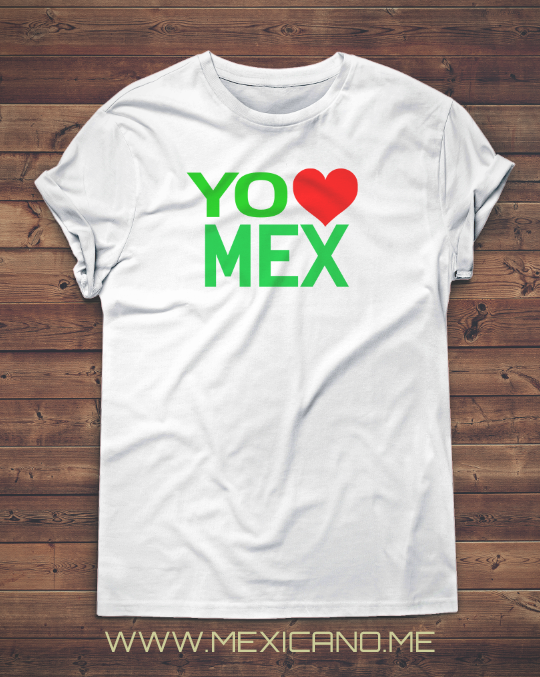Flex
Member
- Joined
- Jan 13, 2007
- Messages
- 437
- Best answers
- 2
Mexican cartels are a major criminal threat in Mexico, with their activities ranging from drug trafficking and money laundering to human trafficking and violence. In recent years, the cartels have been responsible for destabilizing the country’s security environment and undermining economic development. In this blog post we will look at the history of Mexican cartels, how they operate, and what can be done to combat them.
History of Mexican Cartels
The modern-day Mexican cartel scene is largely a product of the 1980s, when cocaine trafficking began to pick up in the country. To maximize profits, traffickers began forming alliances with other criminals to establish a larger network that would control drug supply routes. This led to the emergence of some of today’s biggest cartels, such as the Sinaloa Cartel and Los Zetas.
How They Operate
Mexican cartels rely on their vast networks of contacts and resources to achieve their goals. For example, they often use bribery or intimidation to gain access to government officials or corrupt law enforcement officers who can help them facilitate their activities. The cartels also employ sophisticated tactics such as money laundering to move illicit funds around without raising suspicion. Additionally, they often provide jobs and protection services—such as acting as security forces—in exchange for loyalty.
What Can Be Done?
Combating Mexican cartels is a complex task that requires cooperation between multiple stakeholders including governments, law enforcement agencies, civil society groups, and even citizens themselves. One way to start is by increasing law enforcement efforts against cartel-related crimes; this could include boosting intelligence gathering capabilities or introducing new legislation that makes it easier for prosecutors to go after those involved in criminal activities. Another option is for governments to invest more heavily in social programs that create economic opportunities for people at risk of becoming involved with gangs or cartels; these programs could offer job training or financial assistance so individuals can find legitimate employment instead of resorting to criminal activity.
Conclusion:
In conclusion, it is clear that Mexican cartels pose an immense threat not just in Mexico but across Latin America and beyond. Understanding how these organizations operate is essential if we hope to tackle them effectively; this includes knowing how they form alliances with other criminals, employ sophisticated tactics like money laundering, and use bribery or intimidation to gain access to government officials or corrupt law enforcement officers who can help them facilitate their activities. Only then can we develop effective strategies for combating these dangerous organizations and work towards creating a safer world for everyone.
History of Mexican Cartels
The modern-day Mexican cartel scene is largely a product of the 1980s, when cocaine trafficking began to pick up in the country. To maximize profits, traffickers began forming alliances with other criminals to establish a larger network that would control drug supply routes. This led to the emergence of some of today’s biggest cartels, such as the Sinaloa Cartel and Los Zetas.
How They Operate
Mexican cartels rely on their vast networks of contacts and resources to achieve their goals. For example, they often use bribery or intimidation to gain access to government officials or corrupt law enforcement officers who can help them facilitate their activities. The cartels also employ sophisticated tactics such as money laundering to move illicit funds around without raising suspicion. Additionally, they often provide jobs and protection services—such as acting as security forces—in exchange for loyalty.
What Can Be Done?
Combating Mexican cartels is a complex task that requires cooperation between multiple stakeholders including governments, law enforcement agencies, civil society groups, and even citizens themselves. One way to start is by increasing law enforcement efforts against cartel-related crimes; this could include boosting intelligence gathering capabilities or introducing new legislation that makes it easier for prosecutors to go after those involved in criminal activities. Another option is for governments to invest more heavily in social programs that create economic opportunities for people at risk of becoming involved with gangs or cartels; these programs could offer job training or financial assistance so individuals can find legitimate employment instead of resorting to criminal activity.
Conclusion:
In conclusion, it is clear that Mexican cartels pose an immense threat not just in Mexico but across Latin America and beyond. Understanding how these organizations operate is essential if we hope to tackle them effectively; this includes knowing how they form alliances with other criminals, employ sophisticated tactics like money laundering, and use bribery or intimidation to gain access to government officials or corrupt law enforcement officers who can help them facilitate their activities. Only then can we develop effective strategies for combating these dangerous organizations and work towards creating a safer world for everyone.

